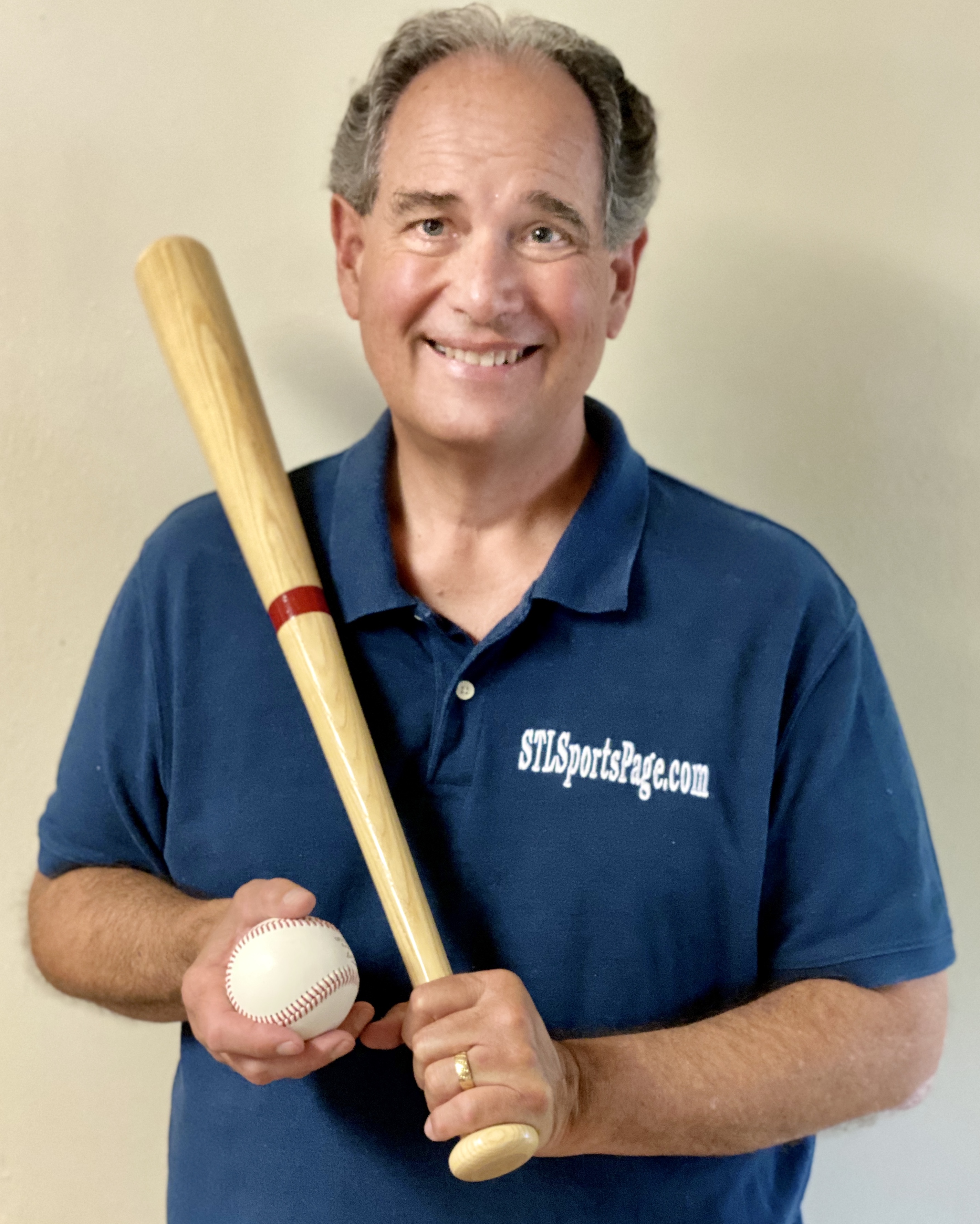
By Rob Rains
As good as their rookie seasons were with the Cardinals, Jack Flaherty and Jordan Hicks already have identified one way they can be even better this year.
“Throw a strike on the first pitch.”
In their separate sessions with reporters on day three of the team’s Winter Warmup on Monday, that was the response of both young pitchers when asked about what they learned and took away from last season’s performance as they prepare for 2019.
“I want to get ahead of batters just so I can have that advantage,” Hicks said. “If I’m 1-0 vs. 0-1, that’s completely different. I think I can throw a lot more strikes than I did last year. I know I can strike more guys out.”
According to data collected by Fangraphs, Flaherty threw 57 percent of his first pitches for strikes in 2018 while Hicks was almost the same at 58 percent.
For comparison, both pitchers cited teammate Miles Mikolas, who threw almost 71 percent of his first pitches for strikes.
Flaherty said he noticed that issue the most in September, when he felt not doing some of the “little things” was the difference between going 4-0 with a 1.13 ERA in five starts in August to an 0-3 record with a 5.34 ERA in September.
“My September was tough,” Flaherty said. “I didn’t do the little things right, like throwing strike 1. Miles threw strike one all year long, it was unbelievable. I didn’t get ahead of guys. You do that and get in bad counts and it doesn’t really work out. I kind of figured that out again in September. The little things I do as a pitcher that make me effective, I didn’t do that.”
Limiting the lows is another way Flaherty, who will pitch all season at the age of 23, believes he can improve from a year ago.
“There were ups and downs but I have to try to limit the downs,” he said. “If you have a rough start you have to make the adjustments the next time out and not have it carry on for another start.”
Part of Flaherty’s learning curve last year, as it does for all rookies, occurred off the field as he settled into his job and the challenge of being a major leaguer for the first time.
“It was a lot of growth, with the team and players, developing those relationships,” Flaherty said. “As a pitcher talking with (Adam) Wainwright, (Matt) Carpenter and then getting an opportunity with (Bob) Gibson, I have to use that for all I could and take those things and really use them to my advantage.
“I’m always ready to get better. I’m always ready to work. I don’t have to work to stay motivated.”
Flaherty was in a different spot than Hicks coming into last season. He had climbed through Double A and Triple A, paying his dues, and had proven he was ready for the majors.
Hicks, then just 21, made the team at the start of the season in a somewhat surprising move, considering he had not pitched an inning above high Class A. Hicks also had some off-field issues in spring training, such as failing to show up on time, that he had to overcome.
Asked Monday if he thought he had grown more personally in the last year than he had professionally, Hicks responded with another question: “What do you think?”
When told yes, Hicks said, “I think so too, to be honest. To be around all those guys and knowing you would have to mature. I knew that before I got to the clubhouse that first day but I didn’t think it would be that drastic. I feel like a totally different person.”
Yadier Molina was one of the veterans who lobbied for Hicks to be included on the opening day roster, despite his lack of experience.
“A couple of veteran guys pulled me in the first day in New York and told me they were pulling for me and wanted me up there,” Hicks said.
“They told me not to mess it up and make them look bad.”
Hicks does into this season as one of the late-inning options for the Cardinals bullpen while Flaherty will be back as an anchor in the starting rotation. How well they use what they learned as rookies will be important to the team’s overall success this season.
Flaherty is confident Hicks will be better.
“I expect him to be better,” Flaherty said. “He was really, really good last year. He kind of came on the scene and nobody knew what to expect. We knew he had a special arm and he showcased that a lot but I think he’s going to be a little more refined and throw a few more strikes.”
The key for Hicks will be try to limit distractions, trying to minimize the talk about days like the one last season when he was able to throw a pitch 105 miles per hour.
“It was awesome I did that and it was cool,” Hicks said. “People bring it up so often. I can’t do that everytime. It’s not something I live my life by. But that’s all people want to talk about.
“I really haven’t been pitching that long I feel like. I maybe threw 60 total innings in high school. I’m still learning as I go. It feels more natural that way. The more experience I have the more I can feel everything.”
Follow Rob Rains on Twitter @RobRains


Be the first to comment